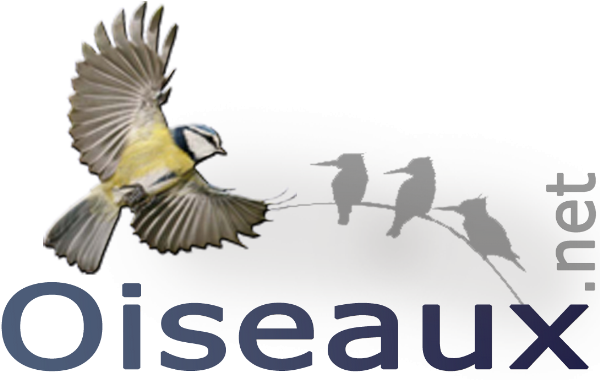Peter Kovalik
Well-known member

Clive R. Barlow, Heimo Mikkola, Michael Wink, Eric Brohaugh, and Asaph Brohaugh. 2022. Molecular evidence for the taxonomic status of the Greyish Eagle Owl Bubo cinerascens, and a breeding study in The Gambia. Malimbus 44: 19-29.
Summary
The Greyish Eagle Owl Bubo cinerascens had long been considered a race of the Spotted Eagle Owl B. africanus until it was re-established as a full species in 1999, based on morphology. Sequencing of the mitochondrial cytochrome b gene, using material from The Gambia, Mali, Ethiopia and South Africa, validates the split. A skin of a Greyish Eagle Owl labelled Bathurst, 1894, is brought to light, and the first record in The Gambia since 1894 was made in the southern coastal area in 1979. It is now known throughout the country in a variety of habitats. The first observations anywhere of the Greyish Eagle Owl from eggs to fledging, made in eastern Gambia, showed successful nesting on the ground in 2018 and 2019, two clutches of two eggs, a nestling period between 35 and 43 days, and fledgling plumage greyish, resembling that of the parents. A review of new and published records suggests that the species may breed throughout the year.
Summary
The Greyish Eagle Owl Bubo cinerascens had long been considered a race of the Spotted Eagle Owl B. africanus until it was re-established as a full species in 1999, based on morphology. Sequencing of the mitochondrial cytochrome b gene, using material from The Gambia, Mali, Ethiopia and South Africa, validates the split. A skin of a Greyish Eagle Owl labelled Bathurst, 1894, is brought to light, and the first record in The Gambia since 1894 was made in the southern coastal area in 1979. It is now known throughout the country in a variety of habitats. The first observations anywhere of the Greyish Eagle Owl from eggs to fledging, made in eastern Gambia, showed successful nesting on the ground in 2018 and 2019, two clutches of two eggs, a nestling period between 35 and 43 days, and fledgling plumage greyish, resembling that of the parents. A review of new and published records suggests that the species may breed throughout the year.









